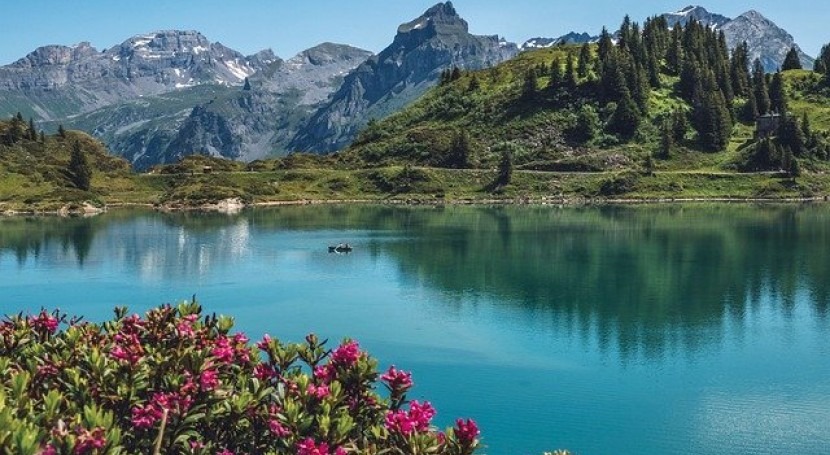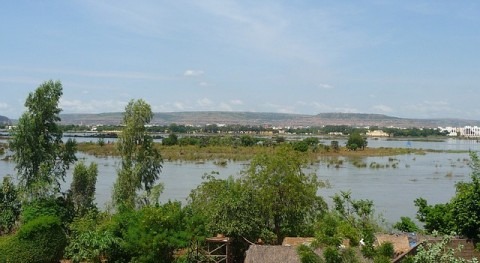What is a lake?

Nowadays, in industrial societies lakes are used to dilute and dispose of municipal and industrial wastewater, for cooling purposes, irrigation, energy production and local recreation. Obviously, such uses vary widely depending on the region, the climate and the country.
1 . Definition of a lake
According to the Water Framework Directive, a lake is "a body of standing inland surface water" with a surface area larger than 50 ha. They are found in basins or depressions formed in the landscape.
2 . Types of lakes
Types of lakes based on how they are formed:
- Tectonic lakes: they are lakes that form in basins created by faulting and warping on the Earth's crust.
- Volcanic lakes: they form in the circular depression formed inside the crater of an extinct volcano.
- Endorheic lakes: these are lakes formed in depressions on the Earth's crust that do not have a natural outflow to the sea.
- Pelagic lakes: they are lakes formed by the remnants of ancient seas that are bounded by land.
- Karst lakes: these lakes are formed in hollows formed in limestone terrain due to karst phenomena.
- Alluvial lakes: lakes formed as water accumulates after its natural outflow is obstructed by alluvial deposits from a river or a stream.
- Glacial lakes: lakes formed in large basins eroded by glaciers.
- Shoreline lakes and coastal lagoons: mainly due to the deposition of sediments by rivers, wave action or ocean currents that result in the creation of a water body separated from a larger water body by such deposits.
[block_token:iagua_custom_options:adsense_within_node]
3 . Lake inflows and outflows
Usually lake water comes from streams, rivers, precipitation, groundwater and sometimes, melt water from glaciers.
Lakes that do not have a natural outflow are known as closed or endorheic lakes, whereas lakes that drain into a river, or another body of water are called open or exorheic lakes. In closed lakes, water leaves through evaporation, thus increasing the lake's salinity. In open lakes, water may leave through evaporation and through natural outlets, and the outflow volume will depend on the water level and the capacity of the outlet channel. Generally, open lakes may have many surface inflows, and a single surface outflow.
4 . Lake disappearance
A lake may physically disappear due to the loss of water or if it fills with sediment and other materials. It can also be said that it disappears in terms of its chemistry-biology, without actually physically disappearing.








